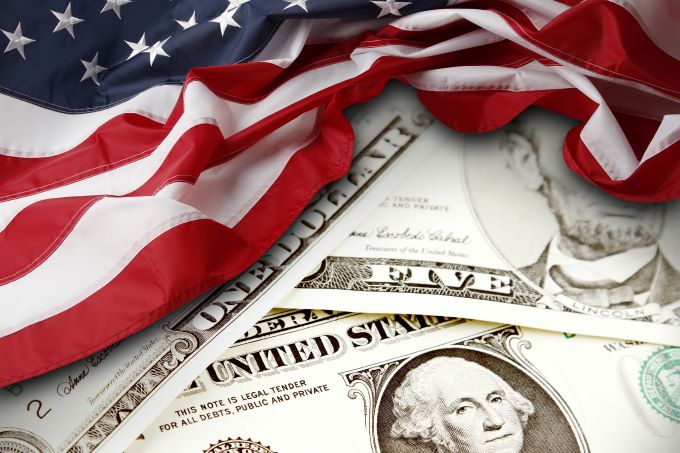The final estimate GDP is based on more complete data than was available for the second estimate which was released in August. The BEA noted that the final estimate update reflected a downward revision in consumer spending and imports. This was partly offset by upward revisions to nonresidential fixed investment, exports, and inventory investment.
Compared to first-quarter GDP, the slight deceleration in the second quarter’s final estimate was due to declines in consumer spending, exports, imports, and federal government spending. This was partly offset by an increase in nonresidential fixed investment and private inventory investment.
In the final estimate, current-dollar GDP increased by $249.4 billion (3%) to $27.06 trillion, a downward revision of $19.4 billion from the previous estimate. Current-dollar personal income increased $232.1 billion in the final estimate, an upward revision of $7.4 billion from the previous estimate.
US unemployment claims edged higher by 2,000 to 204,000 in the week ending September 23. This was well below the market estimate of 215,000 and remained close to the previous week’s reading of 202,000, which was a seven-month low.
The strong release is further evidence that the US labour market remains strong and provides support for another rate hike from the Federal Reserve before the end of the year.
In the aftermath of the United States GDP and the unemployment claims report, the US Dollar has posted small gains or was unchanged against the major currencies. The muted response of the US Dollar should not come as a surprise, as the GDP and unemployment claims were little changed from the previous releases.
The major United States stock markets are yet to open on Thursday and US index futures are steady. The Nasdaq 100 Futures rose 27.50 points (0.17%) at 14,767 and the E-mini S&P 500 Index Futures are up 10.50 points (0.24%) at 4324.
The stock markets have been suffering from a “September swoon”, with fresh worries that the Fed may hold rates for an extended period and perhaps even raise rates again this year, as well as concerns over the looming US government shutdown.


